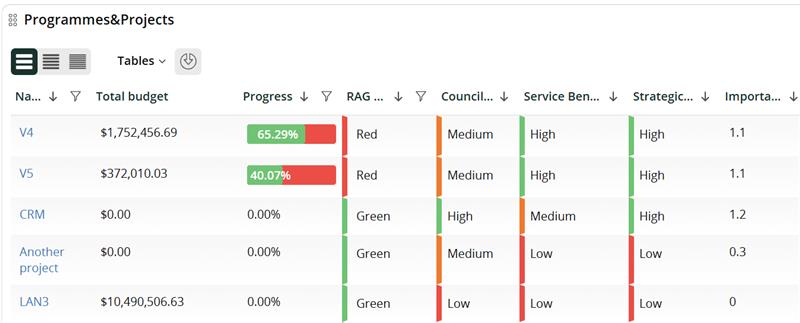
Contingency planning – or how not to run out of blog posts!
It’s been a while since the last blog, thanks to a series of illnesses that has rampaged through my family.
These unplanned events got me thinking about contingency planning . Something I haven’t taken too seriously to date, as evidenced by my lack of blogs over the last few weeks.
You’d think being a project professional I’d have thought about things like illness and lack of childcare and made a plan. Nope. As a result, I’ve been left with an unloved blog for the last few weeks.
How many others are in the same boat? Just a quick survey of friends and family reveals 75-80% are there alongside me. Desperately hoping that nothing goes wrong with no plan to cope if it does.
So, what is contingency planning?
At its simplest, contingency planning is having a plan b. In this case, I could have asked someone else to write some posts or I could have had some spare just in case. Or, as I ended up doing, promote old posts.
Why contingency plan and not mitigation plan?
A mitigation plan is designed to reduce the chances of a risk occurring or the impact of it occurring and is done in advance. In my example, it would be to have a list of backup care givers I can call on when needed. Whereas a contingency plan outlines the steps that need to be taken should the defined risk occur. The key words are defined risk. You can’t have a contingency plan if you don’t know what you’re facing. In my case, the risk would be illness takes out my childcare.
How to prepare your contingency plan
Before you start, think about the specific event that will kick off the plan. Don’t make the mistake of having one plan for multiple events, that’s the way madness lies.
Think about who needs to be involved, what they should do, when will it happen, where will it happen and how it will be done.
Using the childcare example again, it would be me and my husband and it would kick off when our childcare falls through. We will have friends and emergency childcare providers who we can phone and ask to have our child for the day and we’ll do it from home or work. We’ll use the phone to contact people and ask. We also have a plan C – one of us takes leave.
Make sure you’re very clear about reporting and communicating with people when the plan is implemented. There’s nothing worse than the left hand not knowing what the right hand is doing. Make sure you include timelines for reporting. There’s no point sending updates to people at the end of the day if they themselves need to report at lunchtime.
In my case, it means my husband and I have split the contact list in two and agreed to talk to each other before booking leave. Otherwise there’s a pretty large chance that we’d both book the day off or neither would book it!
Test the plan
All of that sounds great until the fateful day that you need the plan and discover a critical component no longer exists or doesn’t work like it should. To avoid this, test the plan regularly and tweak it to take into account any changes.
In my case, this means checking that babysitting agencies are still operating in our area and that I have the right contact details for the people on my list.
Challenges
Contingency planning is often viewed as low priority, I’m a prime example of that. As such, people are less willing to commit to creating it and keep putting it off until it’s needed.
The fact that it’s unlikely that the event will ever come to pass is another challenge for contingency planning. People often wonder why they should invest time and effort into creating something that will likely never be used.
People are often over-confident in their ability to handle things so don’t bother creating a backup. Yup, I tick that box too. Working from home didn’t happen!
A general lack of awareness, or the mistaken belief that someone else will take care of it, is another reason why contingency planning doesn’t happen. Husband, I’m looking at you here!
When you’re planning your project contingency, it might seem like a bit of a paper pushing exercise but without one you’re taking a heck of a risk. Don’t be me! Put a plan in place so that when things go wrong you have a defined way forward. In my case it was only a few weeks without blog posts, and that’s hardly life or death, but it could be your project or livelihood at risk if you don’t have something in place. Some things are just worth doing and contingency planning is one of them.
Psoda plug
Finally, if you’re looking for a great tool to help you plan your projects, look no further than Psoda. Sign up for a free personalised demo today!



1 Trackback or Pingback